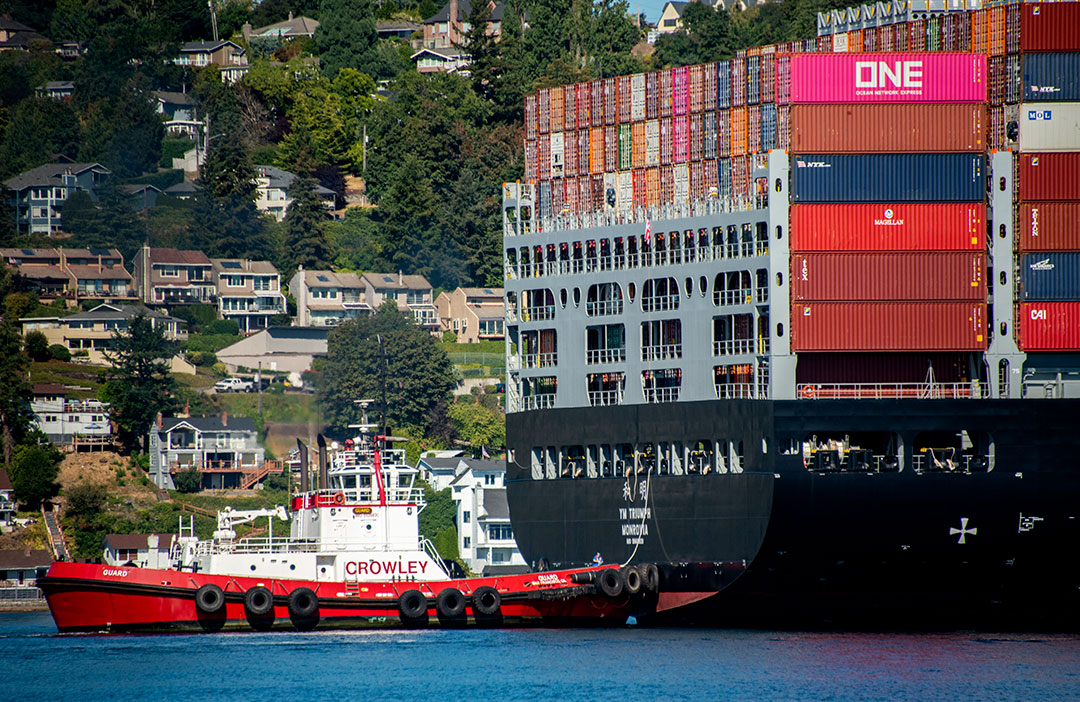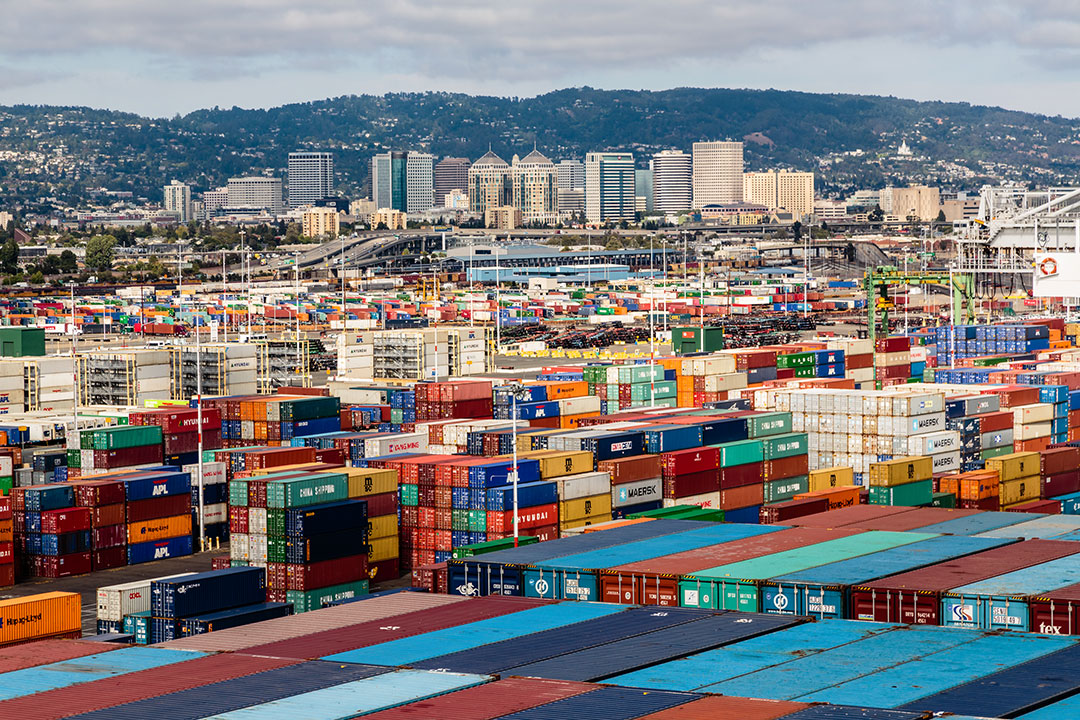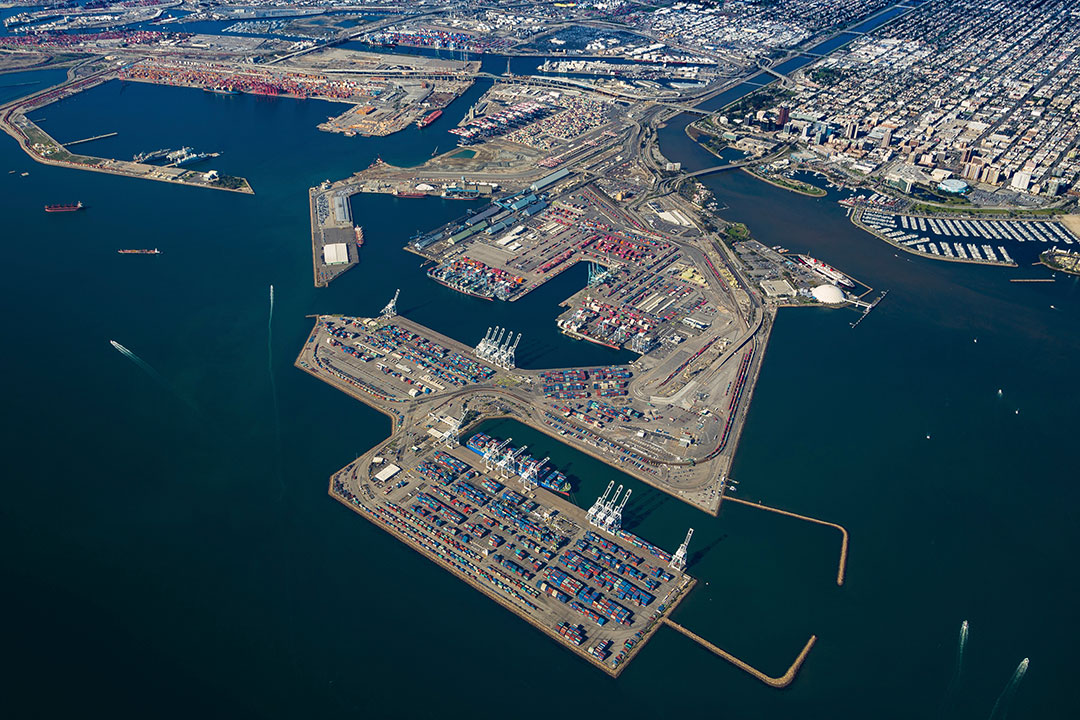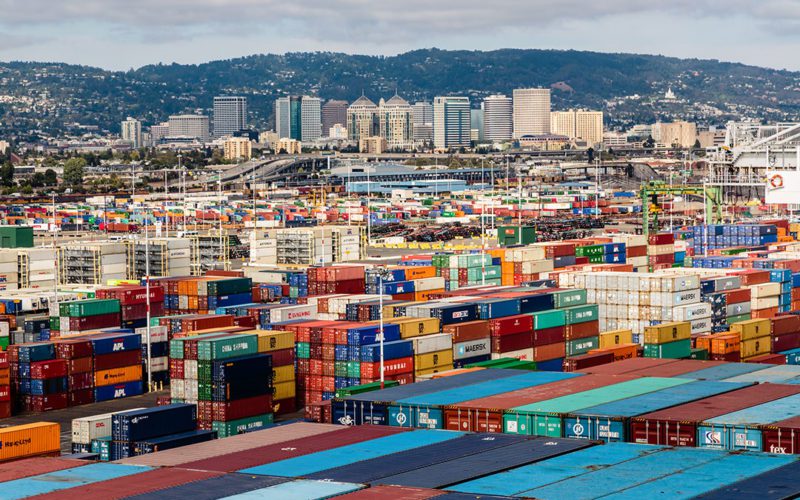
The marine terminal in Portsmouth, Va., has known busier times before, and it will see busy times again.
Thanks to a change in the U.S. Dept. of Transportation’s (DOT) funding strategy, marine terminals and cargo facilities around the country can now use DOT port money for projects beyond freight-handling and infrastructure improvements. And those changes will take place amid a welter of grant funding from the DOT.
The 72-acre former container yard in Portsmouth, for example, will become a staging area for the assembly and loading of wind turbines, as will an 81-acre vacant industrial area along the Hudson River in Albany, N.Y. Other ports will use the money to mitigate environmental impacts, fund studies for master plans and develop power grids.
Port Infrastructure Development Program (PIDP) grants have come out three years running, most recently in December 2021. At that time, it was announced that some 25 projects in 19 states and one territory would receive more than $241 million in discretionary funding.
In February, the U.S. Department of Transportation’s Maritime Administration (MarAd) announced nearly $450 million in newly available grant funding for port-related projects through the PIDP going forward — by far the largest investment in the program since its inception. These grants can help ports expand capacity and improve the movement of goods through our supply chains.
“I think you are seeing ports around the country interested and eager to mitigate their environmental impacts,” said Ian Gansler, the government relations associate with the American Association of Port Authorities. “There are all kinds of pressures coming from local and federal governments, not to mention these institutions wanting to do the right thing. So, there is definitely an increased demand for funds to pursue some of these environmental projects.”
“(Grants) can now be spent on anything from electric grids to improved power resiliency to electric cargo-handling equipment to hydrogen cells,” Gansler added. “If you look at the awards that went out in December, you can already start seeing changes.”
The grants were initially designed to improve cargo-handling efficiency at America’s ports, such as with extended railroads and improved terminal facilities. But starting this year, the grants have gone to a wider range of projects.

Many ports are putting the money toward mitigating environmental impacts and promoting new-generation energy infrastructure.
In the last two years, the PIDP program has awarded $492 million for 32 projects of regional and national economic significance. The grants are the only competitive funding program exclusively available to ports. Next year’s grant program will nearly that amount, with $450 million available for port improvement projects.
This year’s grants have gone out to large ports, like Long Beach, but also smaller ones, like Cleveland, which received $3 million to fund a planning study that that will look at its cargo handling, environmental and economic development needs for future port operations.
“This is going to allow us to embark on a large-scale planning for the next generation,” said Jade Davis, vice president of external affairs at Cleveland-Cuyahoga County Port Authority.
“We know we will have to mitigate climate change, water runoff, traffic and more, and we understand the cargoes are not getting lighter,” Davis continued. “The planning is capital intensive, and oftentimes ports of our size have trouble putting capital aside. Especially since you have windows and asphalt that need to be fixed right now. This allows us to embark on large-scale planning, and look at what we need to do in the future.”
It is hoped that the grants, among other port improvements, will help ease supply chain disruptions that took hold during the pandemic. They also represent an effort to accelerate federal port infrastructure spending in conjuction with new port-specific funding in the bipartisan infrastructure package that became law last fall.
All PIDP grant recipients must apply for funding through a competitive process. And then if they are successful, they must comply with and implement provisions of the Buy American Act.

The Port of Long Beach won a $52.3 million grant, the largest of any port. It will enable the facility to move more cargo by train. The planned project is the centerpiece of the Port of Long Beach’s approximately $1 billion rail capital improvement program. Moving cargo by on-dock rail — that is, directly transferring containers to and from marine terminals by train — is cleaner and more efficient than traditional cargo loading onto a truck chassis. No cargo trucks will visit the facility. Instead, smaller train segments will be brought to the facility and joined together into a full-sized train.
“This is great news to hear at the end of what will be our busiest year ever,” Port of Long Beach Executive Director Mario Cordero said in a statement. “We appreciate the U.S. Department of Transportation’s support for this important project. It will help to move cargo more efficiently through the port, getting needed products and goods to homes and businesses across America faster.”
In contrast, Portsmouth is one of six ports run by the Port of Virginia. It will make use of its $20 million grant to prepare the Portsmouth Marine Terminal to serve as a staging area for offshore wind projects.
“Portsmouth used to be a container terminal, but we don’t need it anymore and found the best use for it was as a staging area for wind turbines,” said Joe Harris, spokesman for the Port of Virginia.
“On the East Coast, wind is really beginning to take shape, and ports needed to support the huge poles and blade sets of these turbines,” he continued. “We are 18 miles from the open ocean, still in deep water, with no bridges on our approach. We’re in a very good spot to become the mid-Atlantic staging area for wind.” •

